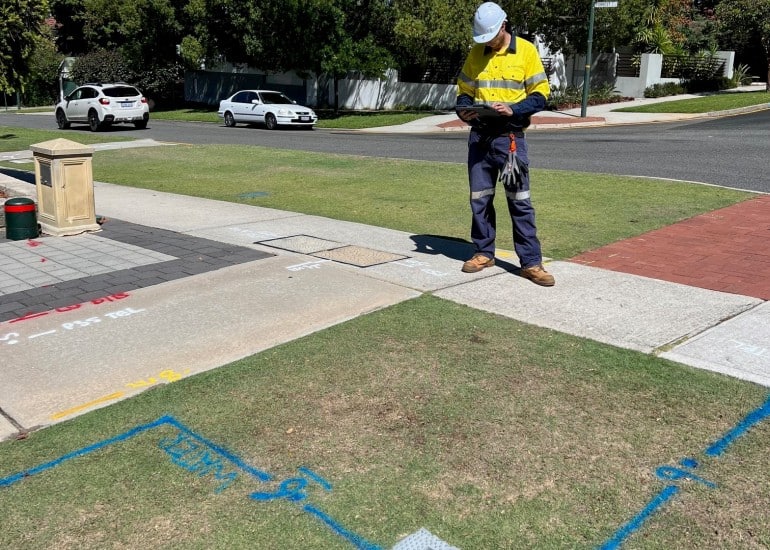
What is Acoustic Pipe Locating?
Acoustic pipe locating (APL) is a technique used to pinpoint and map underground pipes by harnessing sound waves. This method picks up the distinct sounds that pipes produce, allowing specialists to identify and trace routes without resorting to excavation. It is an effective underground locating method for both metal and particularly plastic pipes up to depths of 15 to 30 feet.
How It Works
The process involves using a specialised device with microphones or sensors to capture the acoustic signals produced by the flow of water, other substances or materials inside the pipes.
A highly trained operator is looking for an acoustic impedance mismatch, or difference in acoustic properties, between the pipes, the material inside the pipes and the surrounding soil or environment.
Applications
Acoustic pipe locating has valuable applications in various areas, including urban infrastructure management, industrial facilities, and utility maintenance.
It is commonly employed to locate hidden leaks, assess the condition of pipes, and plan for repairs or installations.
Advantages
The key advantage lies in its non-invasive nature, ability to locate plastic pipes and enabling precise identification of pipe locations without the need for disruptive excavation. This not only saves time and resources but also minimises potential damage to existing structures and landscapes.
Overall, acoustic pipe locating proves to be a valuable option for efficient and accurate subsurface pipe mapping and maintenance.
Using acoustic pipe locators together with ground penetrating radar and electromagnetic locators ensures comprehensive mapping of underground services in a wide range of soil types.
Back to FAQBack to FAQ